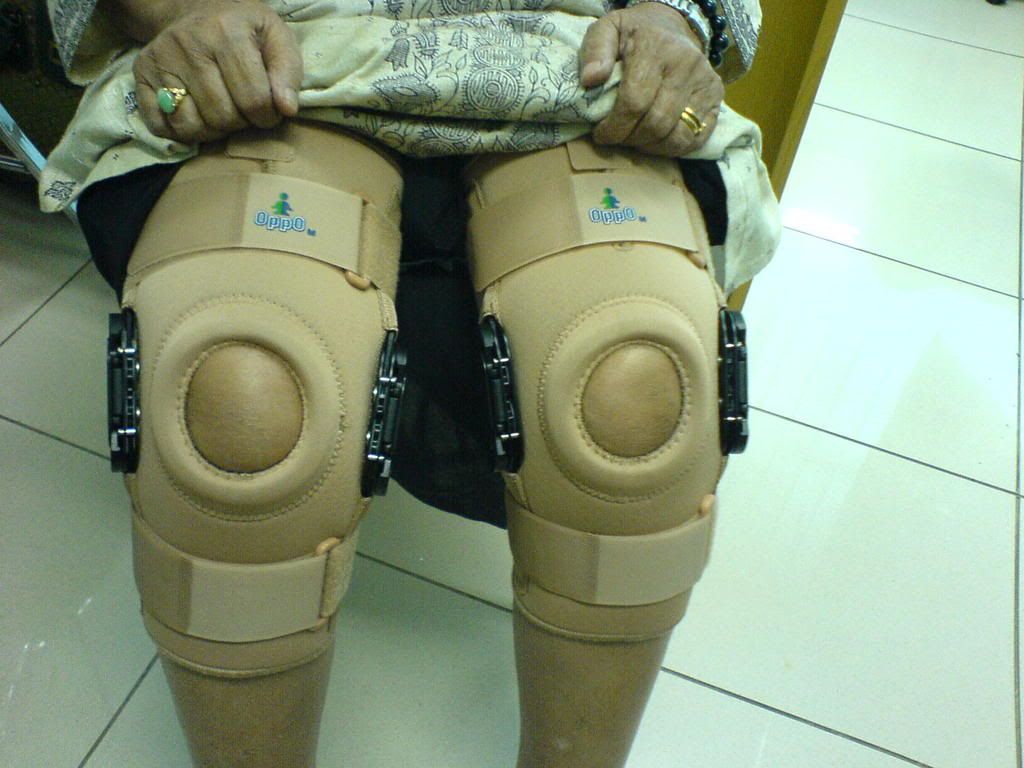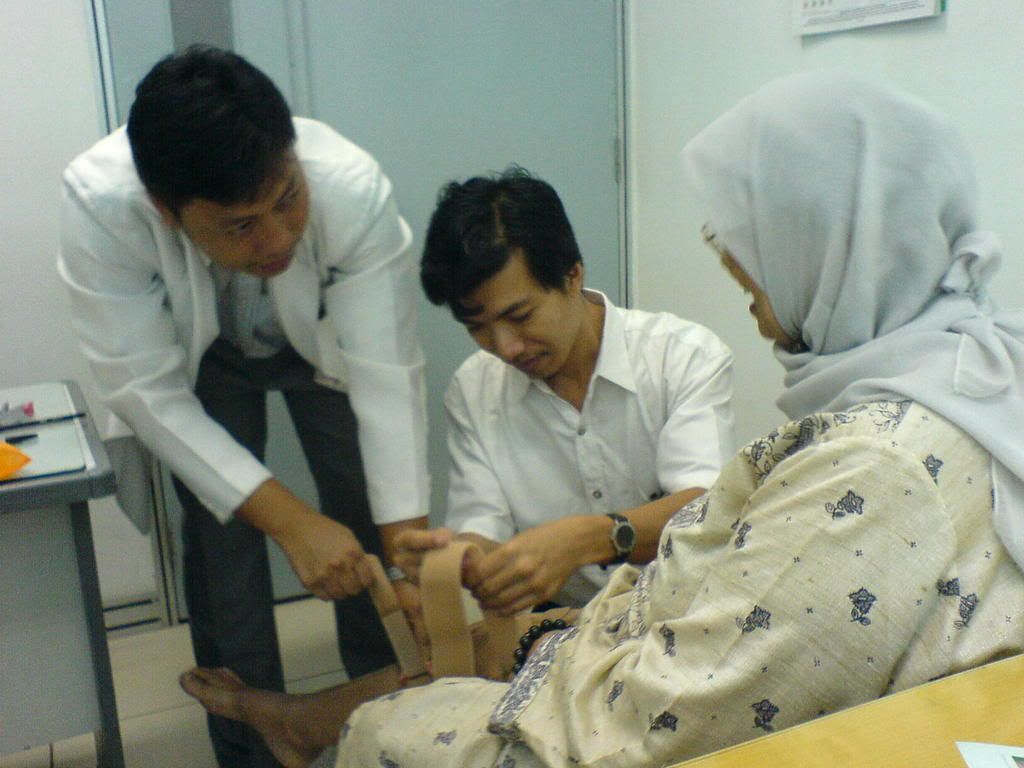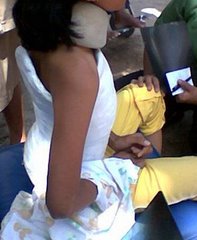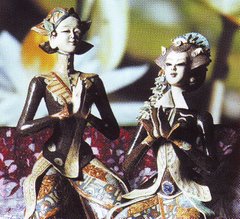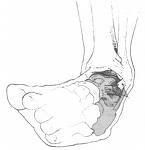
FROM : SKYLARK MEDICAL CLINIC
Ankle Sprains
Ankle sprains are one of the most common sports medicine injuries.
The ankle is stabilized by 3 ligaments on the outside - the anterior talofibular, calconeal fibular and posterior talofibular ligaments (see figure-1st panel, and by a fan-like ligament in the inside-the deltoid ligaments)
Inversion injuries (turning the ankle inward, strain the outer ligaments, while eversion injuries will sprain the inner deltoid ligament. Sprains are classified by degree of severity.
1st degree sprains involve stretching of the ligaments but not tears. There is minimal swelling and instability. Usually the patient may resume sports within a few weeks. This is most common in ankle injury.
2nd degree injuries involve tearing of ligaments with more swelling and bruising. This may take 3-8 weeks to return to sports.
3rd degree injuries involve severe tears of the ligament (yet surgery is rarely required). Because the ligaments are torn it may take 8-12 weeks to heal. Laxity and instability can result of this injury. Many injuries with incomplete tears fall between 2nd and 3rd degree tears.
Treatment of Ankle Sprains
The first thing to do is accurately diagnosing an ankle sprain and not missing other serious fractures that require other treatment.Any injury that is very painful or unable to walk on should be suspected as a fracture and be seen by a doctor. The severity of the injury should dictate the treatment. Even a severe ankle sprain should be kept splinted and on crutches (even if no fracture is seen on the x-ray) since this treatment will also help them heal
Approach to Rehabilitation
Stage 1 - Inflammation (3 days) It is important to rest and splint the ankle. PRICES or Protection, Rest, Ice, Compression, Elevation and Support, will help decrease the pain and swelling associated with the acute injury. An anti-inflammatory drug may be used as well. That will treat both the inflammation and the pain.
Stage 2 - Early mobilization and strengthening (up to 1week) This involves walking on injury (assisted with crutches for partial support if needed). Taping or a brace will also give support. Early exercises to maintain range of motion are important.
Stage 3 - Rehabilitation This involves improving ankle strength, flexibility, and balance. Physiotherapy or athletic therapy is important (this may begin on the 2nd week)
Stage 4 - Late Rehabilitation It is important to ensure that the ankle is adequately strong enough to allow return to sport.

Some advocate 'over-rehabilitation' which refers to the continuing of stretching and exercise programs at home to ensure that this same injury will not reoccur. Often making the athlete stronger than they were before the injury.
Forms of Treatment
Crutches - should be used whenever the injury is very painful to walk on. Gradually crutches may be used less as the injury heals, by allowing more weight to rest on the foot.
Athletic Taping - supportive athletic tape is applied to the ankle to give support. The tape must be applied by an experienced therapist and not left on overnight as it can interfere with circulation
Ankle Braces - commercial over-the-counter braces give similar support to taping but may be easily applied by the patient and are reusable. They may also be used continually to prevent future ankle injuries.
Ankle braces such as "aircast" or equivalent are useful in limiting the injured ankle motion to an up and down plane (dorsiflexion/plantar flexion) but preventing any rolling over. This allows a quicker return to normal activities without re-injuring the injured ankle.
 Medications
Medications
As mentioned earlier, anti-inflammatories are used at the onset to control inflammation and pain. They are also of benefit later during rehabilitation.
Analgesics such as Tylenol (acetaminophen) give pain control but not ant-inflammation. Glucosamine is a herbal agent that although slower in onset, has anti-inflammatory effects.
Corticosteroid injections are sometimes used in chronic injuries that still have significant pain and swelling but are not used for fresh injuries.
